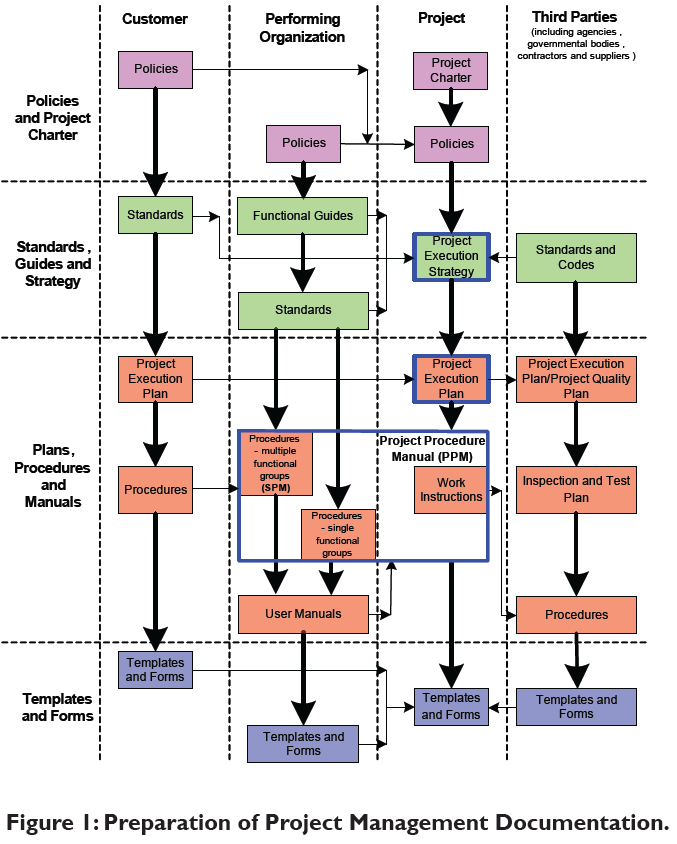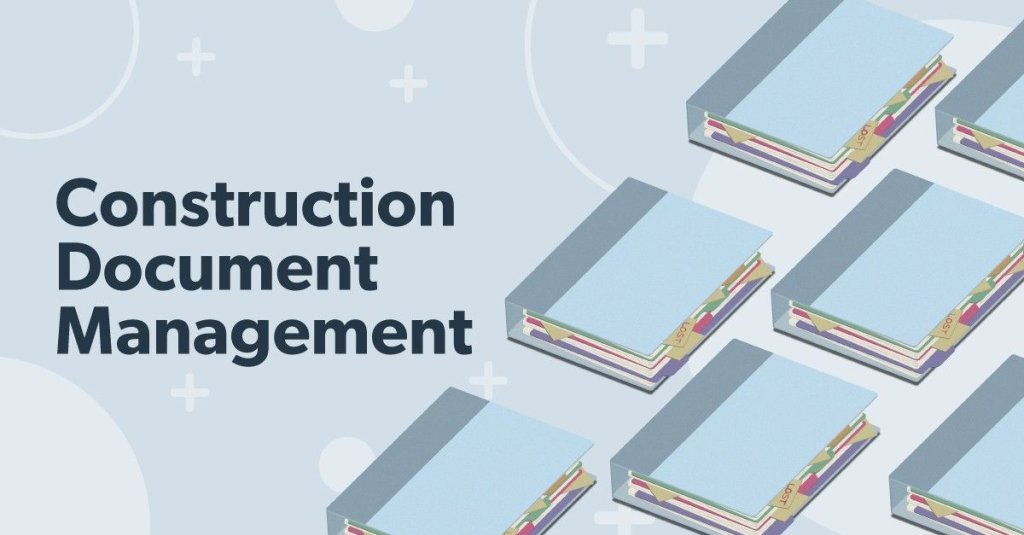Achieving Seamless Job Shipment: Designer's Comprehensive Strategy to Building File Management
One crucial facet commonly undervalued is the monitoring of building and construction documents, which serves as the backbone of every task. As architects browse the intricacies of implementation, layout, and control, a detailed approach to record administration arises as a linchpin for attaining seamless job shipment.
Significance of Building Paper Monitoring
Reliable construction paper administration plays a vital duty in ensuring job success by promoting seamless interaction and organization throughout the construction procedure. By preserving updated and precise construction files, engineers can efficiently communicate with professionals, subcontractors, and other stakeholders associated with the project. These files function as a referral point for all events, making sure that every person is functioning from the exact same collection of details and decreasing the probability of errors or misunderstandings.
Moreover, building and construction record administration helps engineers stay arranged by giving a central place for all project-related details, including illustrations, requirements, agreements, and correspondence. When required, this company improves the decision-making process and permits for quick access to crucial job information. Additionally, correct file management can boost project efficiency, reduce expensive delays, and eventually result in the effective completion of construction projects. Architects that focus on building document monitoring established a solid foundation for task success and show a commitment to delivering high-grade outcomes.
Crucial Element for Effective Documents

Developing standard themes and protocols guarantees uniformity throughout all job papers. Implementing a robust document management system that allows for variation control, access constraints, and audit tracks considerably enhances the organization and safety of project documents. By including these crucial aspects into construction file monitoring methods, engineers can improve processes, lower mistakes, and inevitably contribute to the effective shipment of tasks.
Making Use Of Technology for File Organization
Leveraging advanced electronic devices and software application systems contributes in improving the organization and ease of access of building and construction paperwork. Building companies can improve their record management procedures by applying specialized software developed for the building and construction sector. These tools provide features such as version control, cloud storage space, and joint editing and enhancing abilities, enabling staff member to work with files all at once and ensuring everybody has access to the most current information.
One trick advantage of using modern technology for record company is the ability to create a centralized database for all project-related data. By storing files in a safe and secure electronic article source atmosphere, engineers can easily search, recover, and share information with stakeholders, decreasing the danger of version conflicts or misplaced files. Furthermore, progressed software program remedies usually integrate metadata tagging and indexing performances, allowing individuals to classify records successfully and get them promptly when required.
Collaborative Techniques With Project Groups
To optimize job end results, engineers must accept joint methods when functioning with job teams to make sure seamless communication and control throughout the building and construction process. Partnership with job teams is vital for architects to properly manage building jobs. construction document management. By fostering open communication and teamwork among all stakeholders, architects can streamline decision-making procedures, address possible issues proactively, and guarantee that every person is straightened with the job goals
Engineers ought to develop clear lines of communication with designers, specialists, clients, and various other key staff member from the start of the project. Normal meetings, development updates, and feedback sessions need to be arranged to keep everyone educated and involved. Using collective project administration devices can additionally help with real-time information sharing check it out and record collaboration, enhancing openness and effectiveness.

Ideal Practices for Document Variation Control

Conclusion
In verdict, reliable building and construction document management is essential for achieving smooth task shipment (construction document management). It is important for architects to carry out best practices in paper monitoring to successfully navigate the intricacies of building tasks.
Efficient building and construction file monitoring plays an essential function in guaranteeing project success by assisting in seamless interaction and company throughout the building and construction process. In addition, proper paper management can improve project performance, reduce costly hold-ups, and inevitably lead to the effective completion of building projects.To optimize project end results, architects need to welcome collective methods when working with job teams to guarantee smooth communication and control throughout the construction procedure. Partnership with project teams is essential for designers to efficiently take care of construction projects.In the realm of collective construction task monitoring, maintaining precise control over record variations stands as a vital technique for making sure job stability and communication.